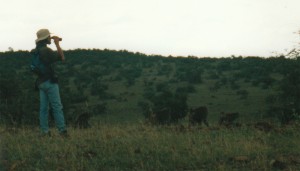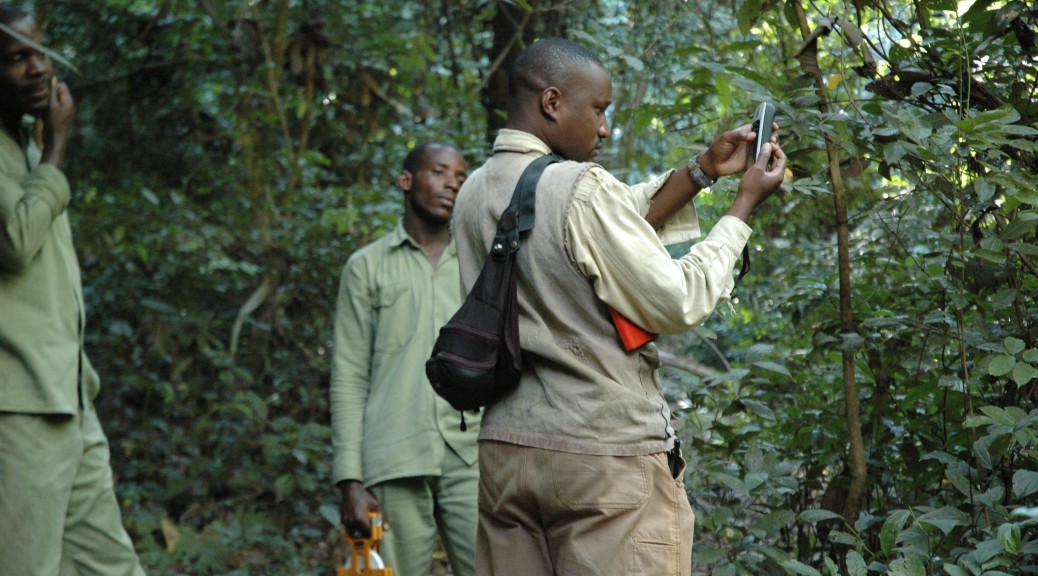Saturday, 16 June 2012
According to the GPS map on the little screen on the seat in front of me, we’re flying over the North Atlantic now, midway between the spot where the Titanic went down in 1912, and the Corner Seamounts.
Usually when I fly to Africa, the first leg is a flight to Europe, usually overnight. Then, after an early morning layover in London, Brussels or Amsterdam, we board a southbound plane that flies all day to Nairobi, Entebbe, or Dar es Salaam. But today we’re flying on a Boeing 787, which can fly straight to Africa on a single tank of fuel. And instead of taking off in the afternoon or evening and flying overnight, we left Washington Dulles in the morning. After some 13 hours in the plane, we’ll arrive in Addis Ababa Sunday morning.
While much of the routine is familiar, there have been many changes over the past 20 years. When I first flew to Africa, they showed movies on a few small, dim screens in the forward section of the cabin. Now the back of every seat has its own screen with a choice of movies, television, and GPS maps.
It’s fun to watch the plane slowly crawl across the world on the GPS map. Twenty years ago, GPS technology was just becoming available for civilian use. Towards the end of my time in Kenya, Jeanne Altmann brought a GPS unit to Mpala to help map the baboon ranging patterns. It was an expensive, bulky, heavy box, and in those days the US government scrambled the signal so that all locations would be off by an unknown number of meters. But it pinpointed locations in a magical way. At the time, I had been drawing range maps onto photocopies of a map of the study area, estimating location with reference to map features like the meandering wall of the cliff, which snaked along in parallel to the Ewaso Ng’iro river, and the streams, roads, and bomas (corrals for cattle and sheep). When we got up into the plateau above the escarpment, landmarks disappeared, and my estimations of where we had gone got worse and worse. A GPS would have been nice to have!
All these new gadgets, like GPS wristwatches and handheld units with global terrain maps, make it seem like the field of primatology has moved quite slowly in comparison. We still do basically the same thing: following primates around, watching what they do, recording behavior as systematically as we can, trying to answer research questions that really haven’t changed all that much from the 1970s: Why do animals live in the sorts of social groups that they do? What explains differences in behavior between males and females? How does that relate to their ecology?
The questions are simple to state but hard to answer. Ecology, evolution and behavior are all complicated, with lots of moving parts, and it can take many years to get enough data on enough individuals to answer key questions. But even the field does move rather slowly, new tools like GPS technology have helped greatly. We can track locations precisely now. And just like in real estate, the three most important things in much of behavioral ecology are location, location, and location. Animals need food, safety, water, and mates, and the availability of all these key resources vary in space and time.
At Mpala, each day the baboons traveled a circuit, leaving the safety of the sleeping cliffs in the morning to search for food and returning to safety for the night. One of my favorite parts of studying baboons in Kenya was arriving at the top of the sleeping cliffs before dawn to watch the sun rise over Mount Kenya. The baboons seemed to enjoy the view too, basking in the sun’s rays to warm up from the cool night before starting their day’s search for food. But where to go? How do they decide? How does a group of 50 or 60 quarrelsome monkeys pick a path for the day?

Answering questions like these requires lots of good location data. And now they’ve got GPS units small enough to go on radio collars, enabling researchers to watch the daily paths of baboons and other animals, just as I’m watching the plane on the screen on the seat in front of me creep closer and closer to Africa.
